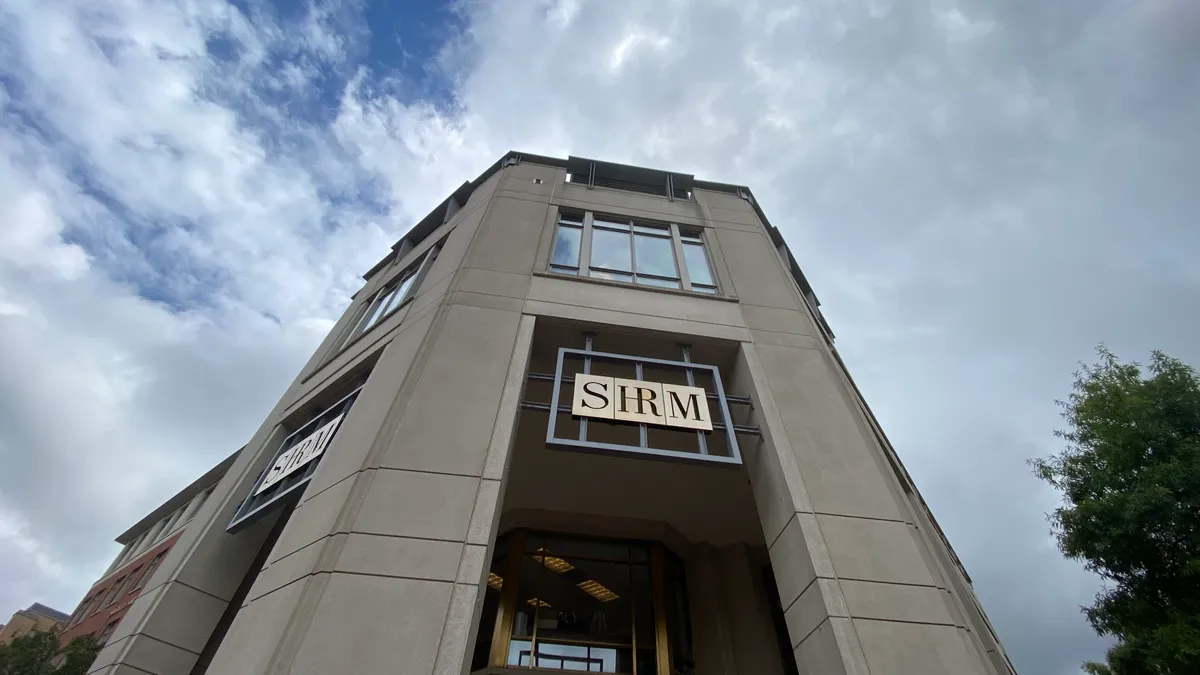This could’ve been the golden age for employee intranets. Our new world of work is bringing forth wave after wave of change—it’s become much harder for people to connect, find what they need, understand what matters and focus on their work. Organizations are adjusting by adopting hybrid approaches to work and making dedicated efforts to delight employees.
Since they were first conceived decades ago, intranets have claimed to be the solution to these challenges. However, even after numerous “modernization” attempts, intranets have proven that they simply aren’t cut out for the job. They take forever to launch only to quickly become a cluttered mess of outdated pages, inconsistent experiences and annoying notifications. Soon they’re abandoned by most employees.
Even "modern" intranets can't deal with the world we live in today. We know how and why they fail. It’s time to learn from these failures and take a new approach.
Let’s dive into the specifics of what a better approach looks like…
A platform that's quick to set up, easy to use and won’t break
Most intranets arrive as a box of parts. It’s up to you (and your expensive consultants) to design and assemble your new home, which often takes over a year. And even after the software is built, it’s not finished. You configure your intranet to how you need it to be today. But your organization continues to evolve. New parts get bolted on, and before long you’re left with a mess that frustrates every employee that visits.
We need to move to platforms that have proven and sustainable architectures. Architectures perfected over time and able to be quickly configured to our specific, and evolving needs. Platforms that can be configured in days, not months.
These platforms should also take user experience into consideration and ensure everyone has a consistent, easy-to-navigate and intuitive experience. Each employee should immediately get value from the software without the need for platform-specific training or help from your IT department.
Because if your intranet is constantly having new parts bolted onto it and is filling up with inconsistently laid out pages, it will clutter and break. The platform meant to connect and align your organization becomes a ghost town of stale information and broken links. That year (or more) of effort, all for nothing.
A way to help people connect
Thanks to the great resignation (and the huge rehiring effort that followed), we have many new colleagues that we need to get to know and trust. Many of whom we may not meet in person anytime soon. Now that connection needs to happen digitally, and not just over Zoom.
And those new people need to connect to your organization. They need to socialize with colleagues, see your org’s values in action and feel a sense of belonging. A Deloitte survey found that belonging can lead to a “56% increase in job performance, 50% reduction in turnover risk” and a “75% decrease in sick days.”
Instead of bringing people together, intranets end up disconnecting employees from the broader organization. Department sites prevail and perpetuate isolation. Intranets within intranets naturally form from the page-builder toolset, where each department does its own thing and never truly connects to the company as a whole. The problem reinforces silos and fragments bonding.
In our modern world, we need a digital platform that can become the home for our organization. The place where people gather. The place to understand and participate in our culture. It takes more than an intranet to accomplish that.
A place to focus rather than disrupt
Intranets too often send noisy notifications via phone and email to get people’s attention, which adds significantly more noise into the workplace—noise that interrupts and frustrates people.
People are struggling to carve out the periods of uninterrupted focus they need to be productive and creative. Org-wide alerts don’t solve that problem. We need a new approach that surfaces the right things for the right people, in a way that’s quiet and purposeful.
Moving beyond intranets
Intranets have always been used as a place to put stuff. But in our new world, more stuff piles in daily and intranets get cluttered and disorganized faster than ever. Workplaces are more complex, and we need to deliver clarity and connection in a way that doesn't break people’s focus.
It’s time for a new approach. An approach that focuses on people, bringing them together and quickly getting them what they need. The world of work has changed and so have the tools required for employees to succeed.










